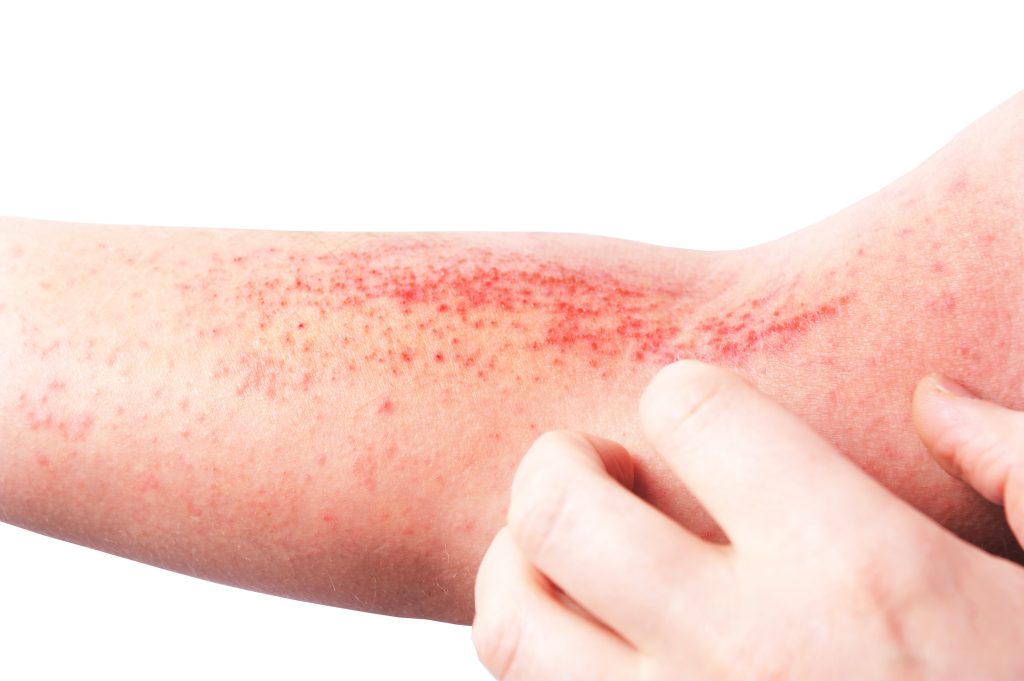Nearly one in five adults with eczema have multiple eczema diagnoses, new research from the National Eczema Association (NEA) shows.
More than 10% of people in the U.S. have some form of eczema, which includes atopic dermatitis, the most prevalent form, as well as contact dermatitis, chronic hand eczema, dyshidrotic eczema, nummular eczema, atopic neurodermatitis, stasis dermatitis, and seborrheic dermatitis.
In this new study, the NEA research team aimed to evaluate the prevalence and co-occurrence of different forms of eczema using the large data set of the All of Us national patient database, which includes electronic health records, questionnaires, and bio-specimens for a diverse U.S. cohort.
This research looked at how often people with eczema have more than one type of eczema at the same time (co-prevalence) and to understand how different forms of eczema overlap.
Among the key findings, the study highlighted that nearly one in five adults with eczema may have multiple eczema conditions. Of those with more than one type of eczema, the most common co- occurring types were atopic dermatitis and seborrheic dermatitis (25.9%); allergic contact dermatitis and seborrheic dermatitis (15.3%); and atopic dermatitis and allergic contact dermatitis (13.8%).
Future research should prioritize understanding the effectiveness of treatments for patients with multiple skin conditions to improve personalized care and management strategies for eczema, the study authors note.
“Understanding the co-occurrence of eczema types is critical to mitigating patient burden and optimizing comprehensive treatment strategies,” says Allison R. Loiselle, co-author of the study and associate director, data science & research, at NEA, in a news release. “Our findings underscore the need for real-world evidence of treatment effectiveness, especially when multiple skin conditions coexist.”
The letter was published in the Journal of Investigative Dermatology (JID).
JDNPPA Senior Editor Reacts
“This data is interesting and very much in alignment with the dramatic changes occurring in diagnosis and treatment within the specialty of dermatology,” says Leigh Ann Pansch, MSN, FNP-BC, DCNP, the Clinical Director of Education at DOCS Dermatology in Cincinnati, OH.
“When I started in dermatology, there was a focus on the exact, most appropriate diagnosis for each, individual patient,” she recalls. “Now, quite frankly, I see a lot of ‘lumping.’ Instead of calling something nummular eczema or dyshidrotic eczema, we call [it] atopic dermatitis (AD), allowing us a wider net of treatments in our tool kit.“
This allows dermatology providers to focus on the wider treatment net afforded to diagnoses such as AD, where others such as allergic contact dermatitis may be off-label.
“In clinical practice, I focus on the primary diagnosis and add associated seborrheic dermatitis, allergic contact dermatitis, or others.”


